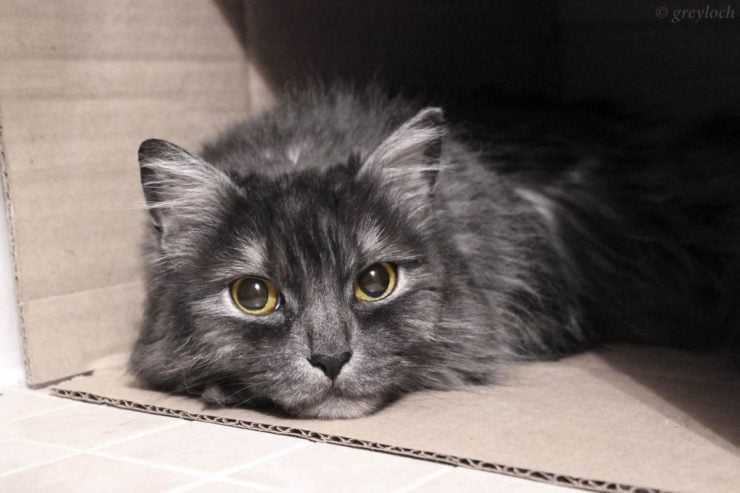Cats are experts at masking their pain. It is in their ancestral nature. If no one can tell that you are in pain, you have higher chances to live the day. Even though our modern world protects cats from their natural enemies, they have kept the slick skill of not showing their weakness — an ability that has been crucial for the survival of their wild ancestors.

As much as we admire our pets’ close resemblance to agile wild animals, it also causes continuous trouble for cat owners who wish only the best for their pets. It goes so far that it is tough to tell if your cat is in pain. It’s not rare when owners do not notice their cat’s pain and illness for months or even years, without knowing that a pet requires medical assistance. That is among the reasons to take a healthy cat on regular vet visits.
In this article, you will learn the signs of pain in cats and how an attentive cat owner could tell early that their cat is in pain. Despite that cats love to keep their weaknesses a secret.
IMPORTANT: When it comes to veterinarian visits, it’s always better to be safe than sorry. Even when you have the tiniest doubts that your cat might be suffering, it is wise to visit a veterinarian. The sooner your vet catcher the problem, the easier it will be to find a cure.
- Decreased activity is the most telltale sign of pain and discomfort, and not only in cats. If you are in pain, you move less.
- Appetite loss can point to many problems, including oral pain, painful swallowing, stomach pain, and the depressed mood associated with it.
- Aggression, though it may originate from various causes, is often induced by pain. A typical example is a cat with arthritis who lashes out as you try to pet his lower back.
- Increased vocalization is a no-brainer. We also often cry, whine, and complain when in pain. Your cat might be doing the same, though there are other reasons why cats are often passionate chatterboxes.
- Increased sleep is another way of how nature protects those at more risk. If you are ill, you need to conserve energy and do not need to wander around with an impaired ability to run away from potential threats.
- Reduced self-grooming indicates that the cat isn’t feeling well. Cats have sophisticated hygiene practices. So, if a cat who undergoes stress, anxiety, or chronic pain stops caring for its fur, a veterinary investigation is needed.
- Loss of social interaction is a common sign of depression in humans. If your cat suddenly or gradually becomes less friendly, you can bet there is something either physically or psychologically wrong. Pain is a likely cause.
- Elimination problems in cats often are understood as going out of the box. However, it should not be limited to that. Straining before urination, frequent urination, and voiding small amounts of urine are often signs of possible pain. Defecating can also be painful if your cat has constipation.
- Gait changes, especially lameness, do not need further explanation. Usually, if you see a limping, you can tell that your cat is in pain. Besides it also indicates that the pain has already become intense. In addition, you should note straining before jumping on an object or over an obstacle as a potential sign of pain. Cats normally jump effortlessly.
- Changes in vital signs, such as increased heart rate, increased temperature, and blood pressure, just as in humans, can point to a long list of potential problems. You can take some vital signs, such as temperature or heart rate, at home and compare your readings to normal ranges. Note that they are not the same as for humans. Anyway, it is still better to leave the interpretation of the measurements to trained professional, i.e., your veterinarian.
The above list is a comprehensive list of signs pointing to your cat’s pain. While some of them signal pain almost beyond any doubt, some can point to other possible problems, too.
In any case, if at least one of the mentioned signs is present, you can tell with certainty that your cat is in pain or another discomfort. Your best option is to take your cat to a veterinarian.
